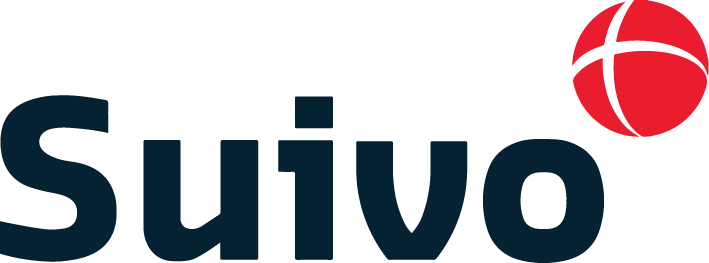Do you know where your small assets are? Are they all in good working condition? And do you actually use all of your assets? If you answered ‘no’ to any of these questions, then your organization could benefit from tool tracking. Discover more about tool tracking and how it works below. Also stay tuned for our next article on the benefits of tool tracking for your organization.
What is tool tracking?
Also known as asset tracking for smaller assets, tool tracking is a way to track individual physical assets as they enter your organization and move from site to site (including their working condition), until they need to be replaced.
While your tool tracking system can be as simple as an inventory log on paper or in a spreadsheet, a more technologically advanced system can give you additional insights and benefits, resulting in considerably lower costs and more flexibility for your organization. Asset tracking software, for example, can include all sorts of data (including purchase costs, real-time location, location history, user history, and maintenance history) that multiple users can access and update from mobile devices wherever they are located. You can also use your asset tracking software to handle reservations of assets to ensure they are not required to be in two places at once.
Tool tracking is especially useful for a range of industries including logistics and warehousing, hospitals and healthcare facilities, retailers and construction.
How does tool tracking work?
There are four steps to successfully tracking assets of all sizes:
- Record all assets in your asset tracking system. Different systems have different pros and cons, so it’s a good idea to discuss your current and future needs with an expert before you decide which system to use.
- Attach all relevant data. This can include purchase details, location, maintenance schedule, and user history.
- Tag assets with your chosen technology (see below for options).
- Monitor and track your assets in real-time.
After entering all your assets, you’ll have a unique profile for each asset that will help your equipment tracking operations, from scheduling maintenance or replacement to facilitating audits by being able to quickly verify where all your assets are.
Tool tracking technology
While different systems exist on the market, tool tracking usually involves scanning passive tags like barcode labels or QR codes attached to the assets or active tags like RFID, NFC or BLE.
- Barcodes and QR codes
This requires the most manual system of the asset tracking systems that we recommend. Unique barcodes or QR codes are attached to assets and then scanned using mobile devices such as smartphones or barcode readers. This is an affordable and easy-to-use system, but it does require all users to remember to scan every tool every time they check in or out.
- RFID
RFID tags are a type of active tag that require more infrastructure than barcodes and QR codes, and the system you install depends on the value of the asset since these tags are more expensive than passive tags.
Advantages of RFID include data being available in real-time and data can be collected from more than one tag simultaneously, making it a time-efficient and reliable tagging technology.
- GPS
GPS asset trackers combine the GPS system with mobile phone and/or satellite phone technology for global tracking capabilities. However, it is important to note that this system can fail due to the asset being inside or the Faraday cage effects of being transported via intermodal containers. For these reasons, GPS tracking is more suitable for medium to large sized assets.
- NFC
A relatively new asset tracking technology, NFC (Near Field Communication) simplifies matters by tapping the asset for details. It’s especially useful when tracking critical assets where you need to monitor the condition of the asset being tracked.
A big advantage is that NFC tags only require a smartphone to operate.
- BLE (Short Range Networks)
BLE (Bluetooth Low Energy) is another good technology for active tagging. Just like RFID tags you can scan these from a distance to collect data from more than one tag simultaneously, making it a time-efficient and reliable tagging technology.
Tool tracking from Suivo
Suivo offers Oxygen asset tracking system for all your small tool tracking needs. It delivers a structured inventory system, a range of small and economic tags (compatible with Suivo Hydrogen and Carbon hardware), intuitive mobile apps, and API integration to facilitate data sharing with your existing systems.





